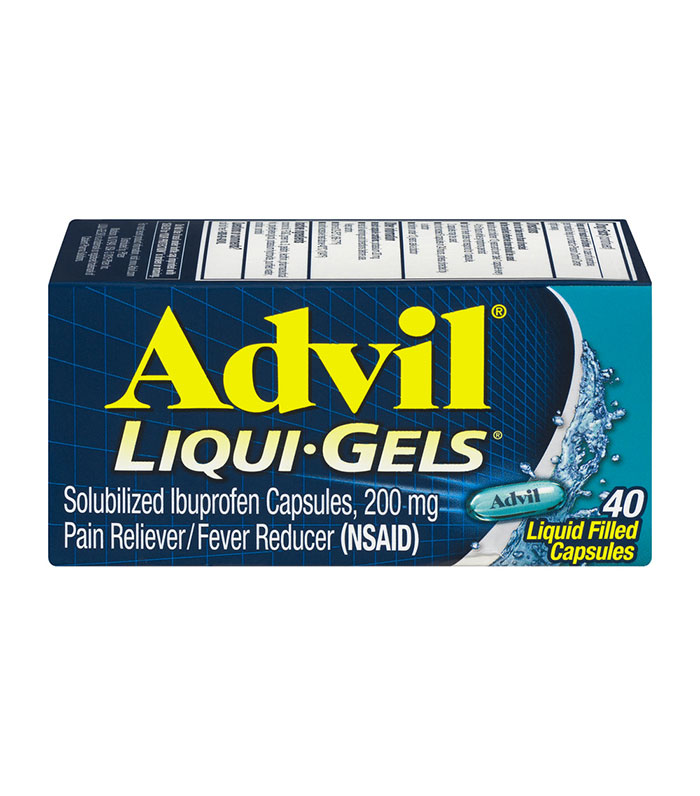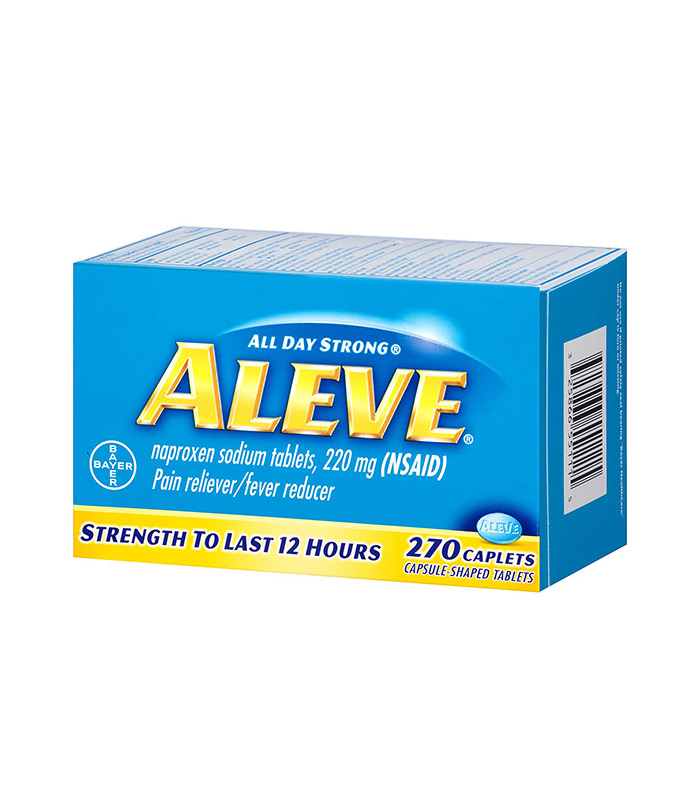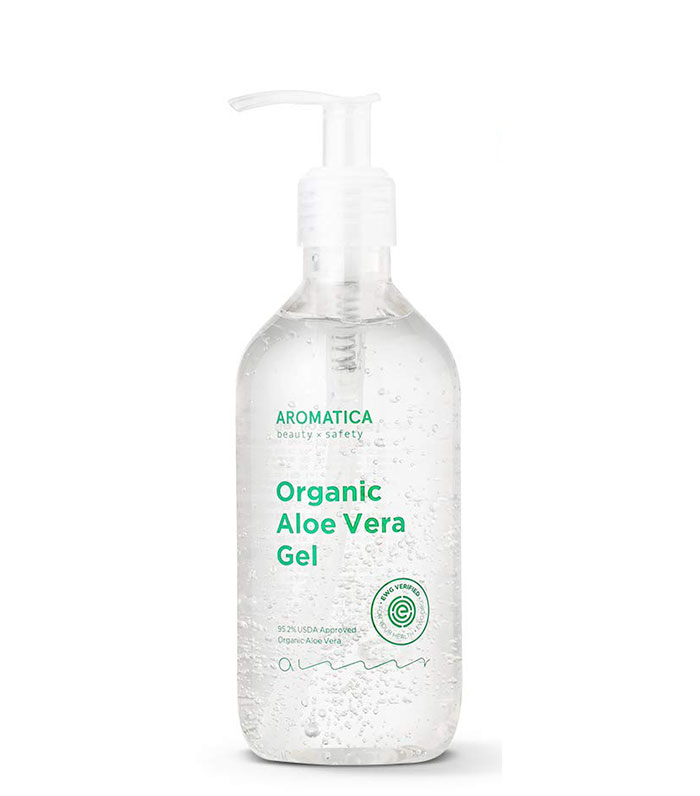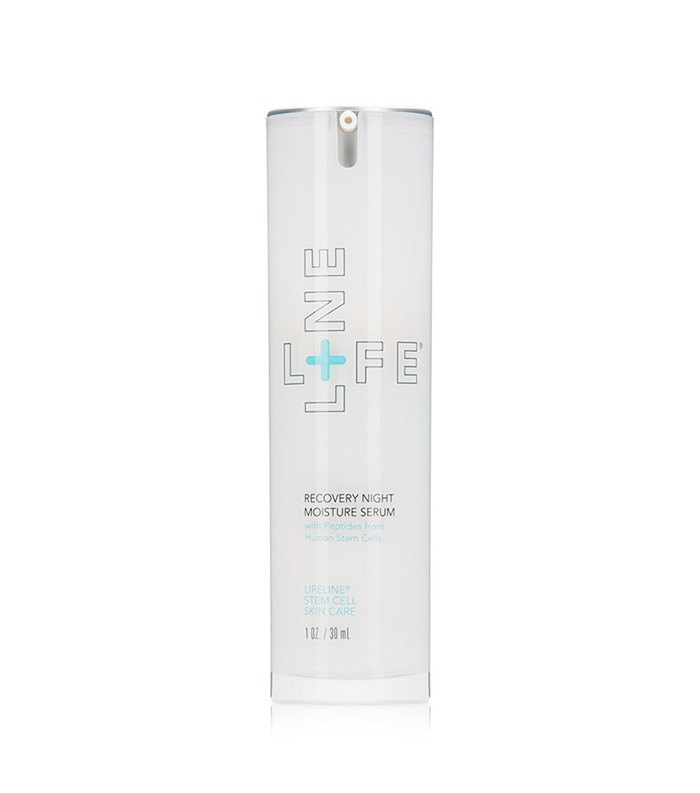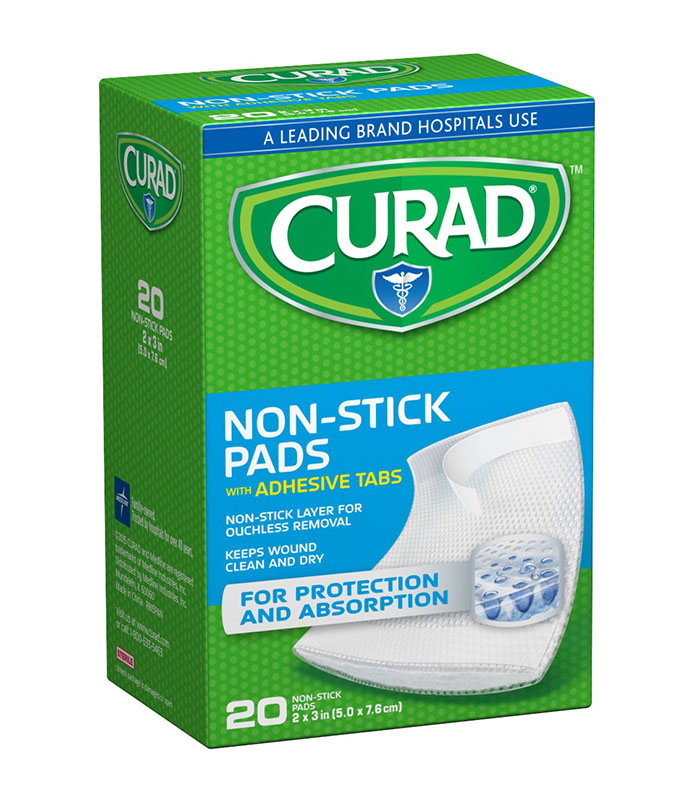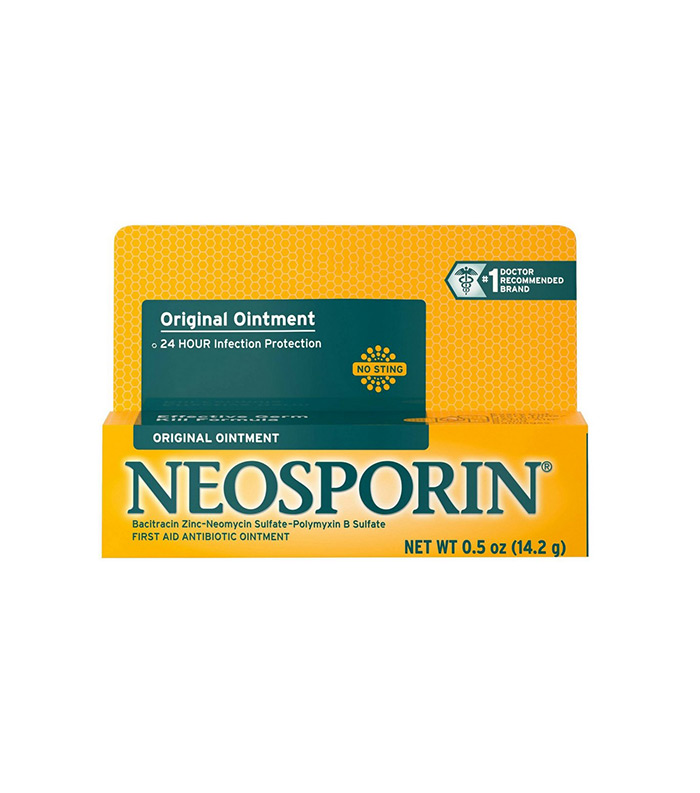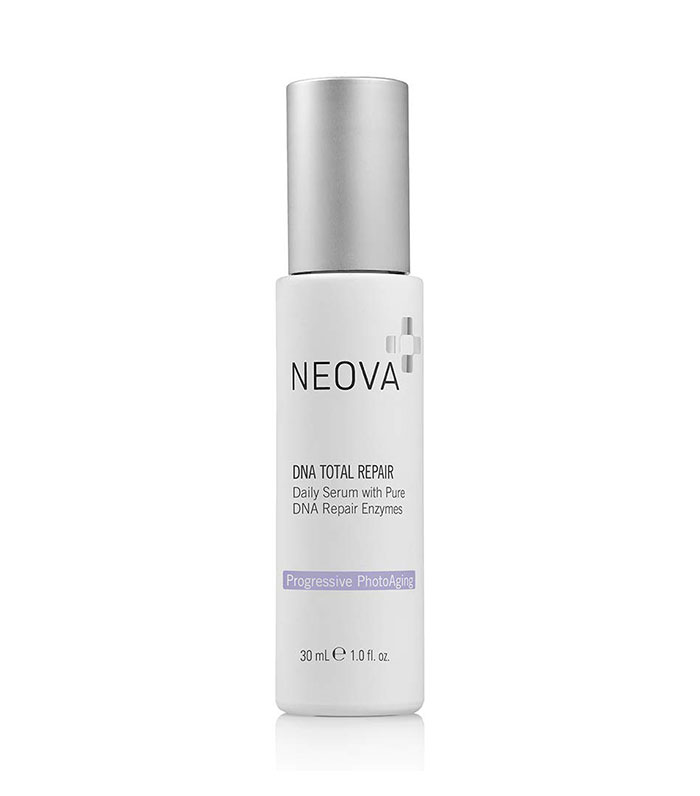This Is the Only Way to Treat a Sunburn, According to a Dermatologist

It's the classic story: You come back from a day at the beach or pool (insert outdoor activity here), and you feel or see it—the dreaded sunburn. Whether it's really bad (hot to the touch and painful) or just a bit rosy (maybe you went a little too long without reapplying sunscreen), you don't want to overlook a sunburn.
Of course, there are plenty of ways to avoid a sunburn in the first place—staying out of the sun, applying and reapplying sunscreen, wearing a hat—but if you have one now, there's not much you can do in terms of prevention (except promising yourself you'll be better about sun protection the next time). At this point, there's only one thing to do: treat it. Where do you start? We asked dermatologists for their foolproof methods.
How can I treat my sunburn?
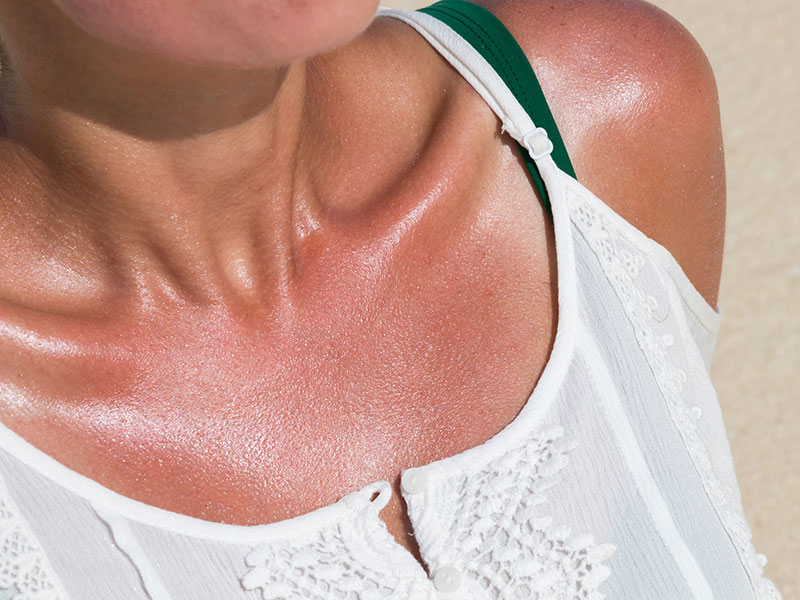
There are a couple of steps to take:
Step 1: When you first notice a sunburn, find some shade and get out of the sun, advises Julie Karen, MD, FAAD, assistant clinical professor of dermatology at NYU Langone Medical Center. "Sunburned skin is extra sensitive and so you must eliminate the risk of further damage," she says. "You should ideally exit the sun at the earliest sign of pinkening (erythema) of the skin, as this is the first indicator that damage has occurred, but it progresses for several hours beyond, even without additional sun exposure."
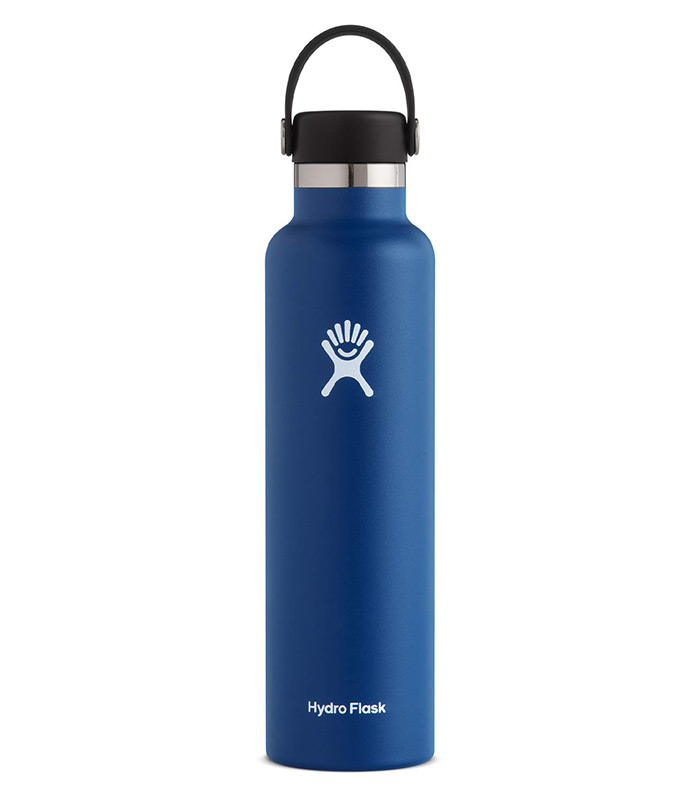
Step 2: Drink plenty of water and apply a cool compress to the area to calm the skin down. This can help prevent dehydration or heat stroke, Karen says.
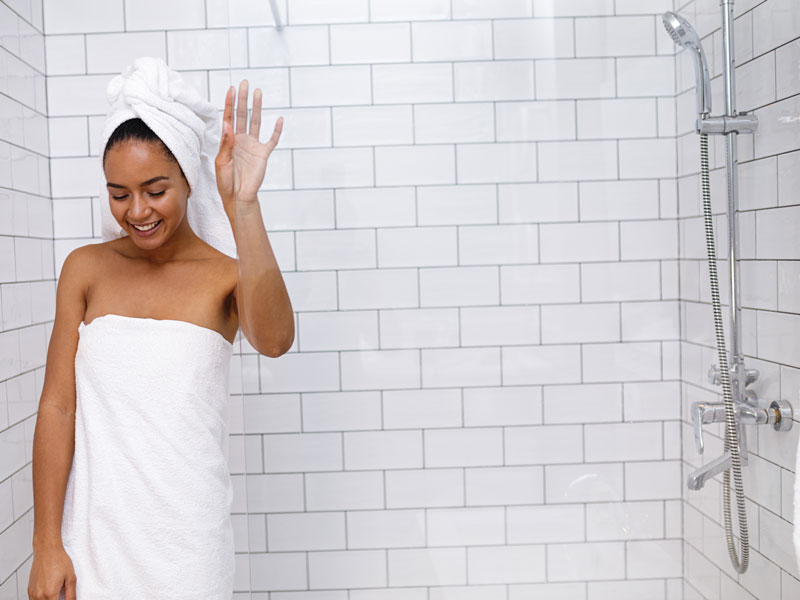
Step 3: Take a cool shower or bath. This can help with the cool-down process.
Step 4: "An over-the-counter pain reliever such as ibuprofen (Advil, Motrin IB, others) or naproxen sodium (Aleve) may help control the pain and swelling of sunburn, especially if taken soon after sun exposure," suggests Sonia Badreshia-Bansal, MD, FAAD, a board-certified dermatologist in private practice. "Some types of pain relievers may be applied to skin as gels."
Step 5: Apply aloe vera or other sunburn relief products to calm and soothe the skin.
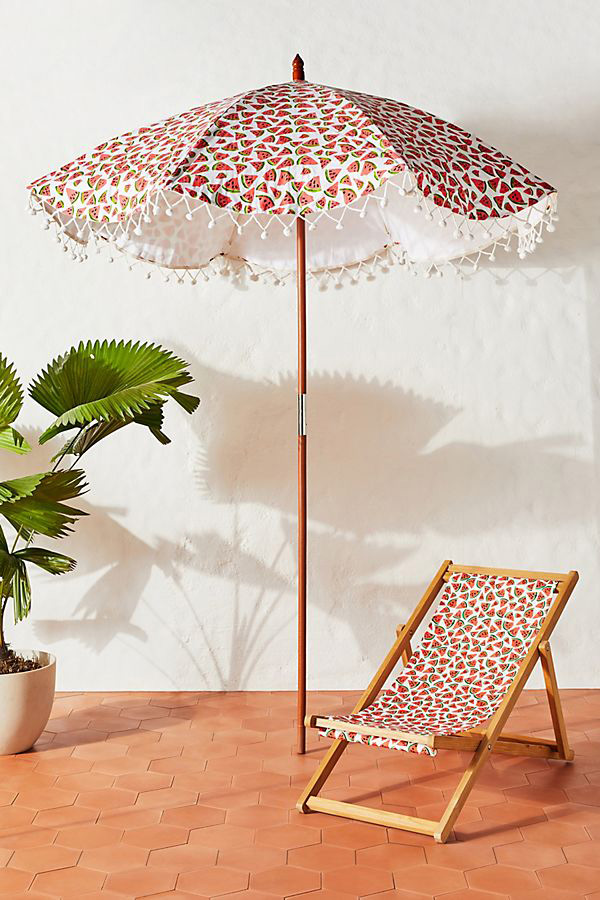
Step 6: You might be tempted to go out in the sun again (especially if you're just on day two of a weeklong beach vacation), but you'll want to avoid more sun exposure until your skin is healed, Badreshia-Bansal says. A beach umbrella is your friend here. And if you do go outside, make sure you are diligent about applying sunscreen.
Treatment shouldn't be a one-time thing when you get home. "Keep treating as you need to help pain, swelling, redness relief. Keep skin cool, soothed, hydrated, and sun-protected until full skin recovery. Ensure adequate daily protection, rain or shine, 365 days a year," says Badreshia-Bansal.
What if my sunburn's really bad?
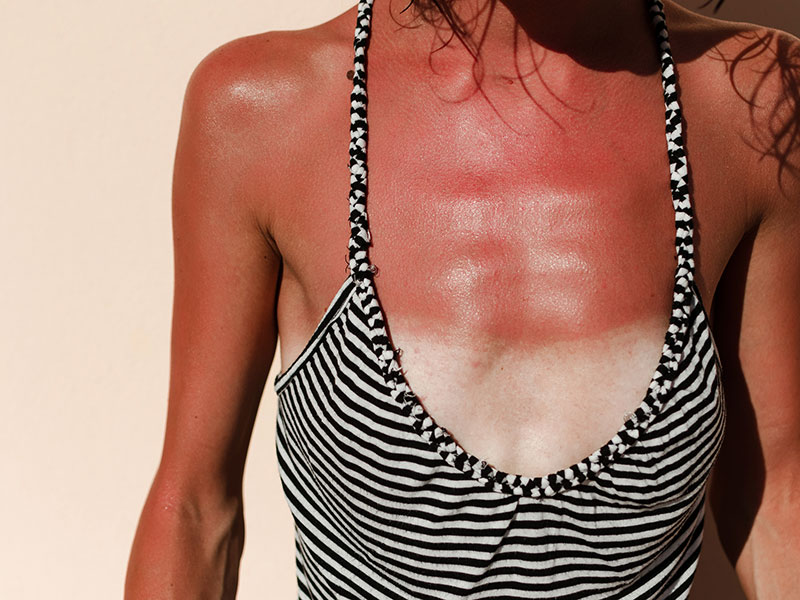
If it's more serious than a mild sunburn, you'll want to follow those steps above and also try some additional treatments.
For moderate or medium sunburns, Karen advises, "[Use a] topical steroid (prescribed by a physician) to eliminate/ameliorate inflammation within the skin more quickly and limit damage. Also, topical DNA repair enzymes, such as Neova DNA Repair, are likely of value in reversing some of the DNA damage that inevitably accompanies a medium (or bad sunburn). Once two to three days have passed and the skin turns dry, my favorite restorative balm is Dr. Rogers Restore, an all-natural healing balm that contains only two plant-based ingredients—castor bean oil and glycerin—and abets healing from all injury, especially burns. [It] can be used multiple times a day, but it's greasy and does not protect against the sun (and likely attracts sun) so should not be used when you will be outside. I also really like Lifeline nighttime moisture serum—a light, antioxidant serum that is loaded with antioxidants and peptides and helps restore skin's barrier. Use the two in combination, ideally."
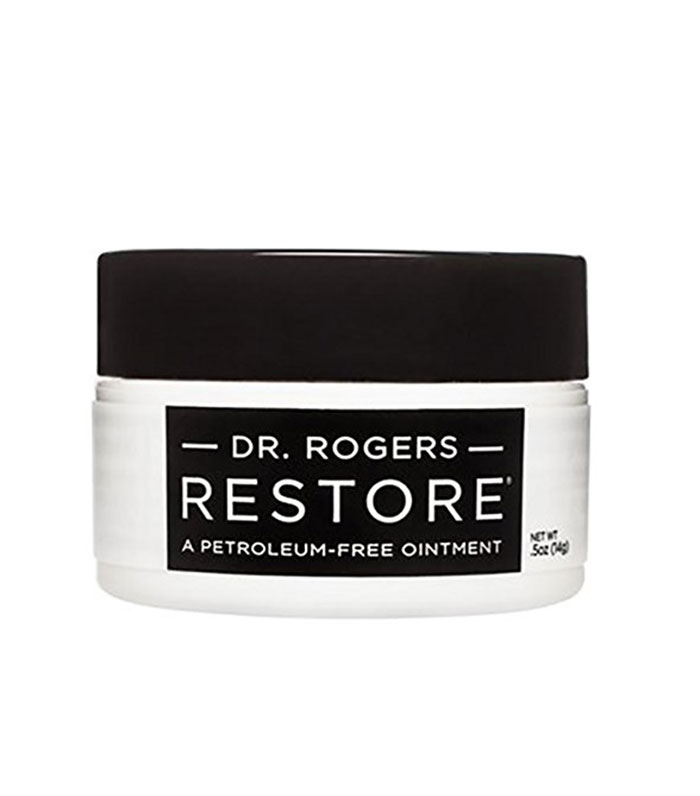
For severe sunburns, Karen recommends all of the steps (including trying the moderate treatments), especially using topical steroids, adding, "If you can't get topical steroids, crush some aspirin and apply that as a paste for an anti-inflammatory effect." If the sunburn is accompanied by blistering, fevers, and chills, Karen says you should seek medical attention, as you might need IV hydration.
What about blisters and peeling?
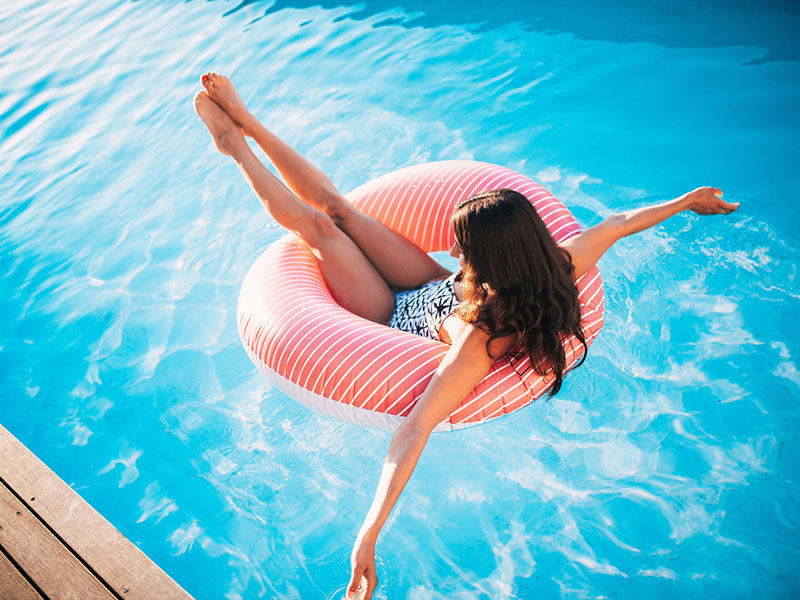
"Leave blisters alone, as this is the body's natural skin barrier and prevention against infection and further skin damage," Badreshia-Bansal says. "If a blister does break, clean it with mild soap and water. Then use an antibiotic ointment on the wound and cover it with a non-stick bandage. Some people can be allergic to antibiotic ointments—if a new rash at the site develops, stop using the ointment and see a doctor. Treat peeling skin gently. Within a few days, the affected area may begin to peel. This is your body's way of getting rid of the top layer of damaged skin. While your skin is peeling, continue to moisturize."
What are some products I should avoid?
Stay away from benzocaine if you're allergic. "Avoid retinoids, alpha hydroxy acids, harsh exfoliants," Karen says. "In the short-term, use DNA Repair, anti-inflammatory ingredients, and aloe. In the long-term, use glycerin and other emollients. Avoid fragrance- and alcohol-based products, as they will burn.
In some (rare) cases, if blisters are very painful, Karen says a doctor might drain the fluid to provide relief.
Bottom line: Your skin is healing, so leave it alone, continue to moisturize, and avoid sun exposure. And for next time, slather on the sunscreen and stay in the shade during peak hours.
Next up: You'll Probably Get Sunburned This Summer—These Products Will Help
The products featured in this story are selected by our editors and not all endorsed by the AAD.
Disclaimer
This article is provided for informational purposes only and is not intended to be used in the place of advice of your physician or other medical professionals. You should always consult with your doctor or healthcare provider first with any health-related questions.
Sarah is lifestyle writer and editor with over 10 years of experience covering health and wellness, interior design, food, beauty, and tech. Born and raised in Los Angeles, she attended New York University and lived in New York for 12 years before returning to L.A. in 2019. In addition to her work at Who What Wear, she held editor roles at Apartment Therapy, Real Simple, House Beautiful, Elle Decor, and The Bump (sister site of The Knot). She has a passion for health and wellness, but she especially loves writing about mental health. Her self-care routine consists of five things: a good workout, “me” time on the regular, an intriguing book/podcast/playlist to unwind after a long day, naps, and decorating her home.
